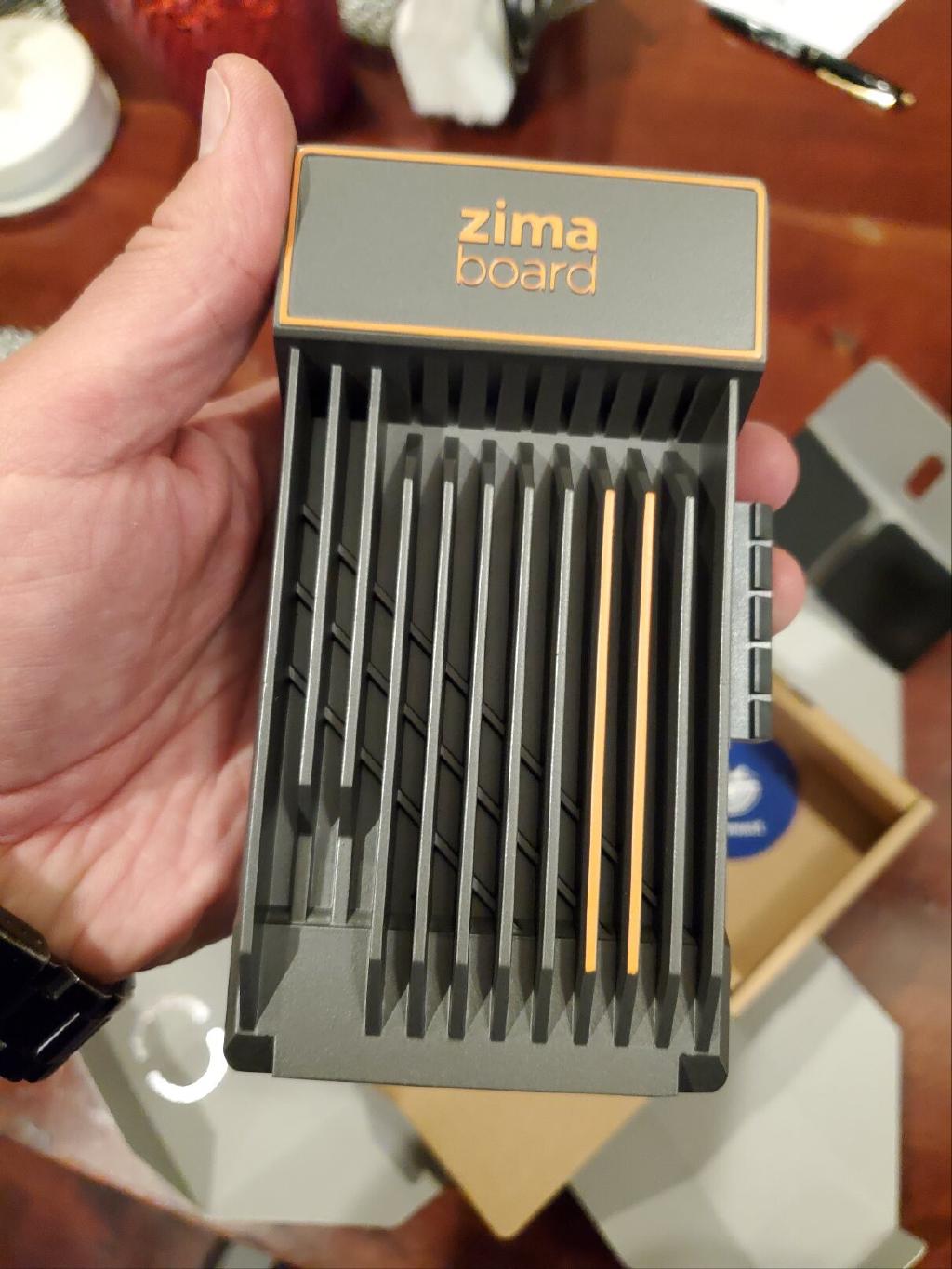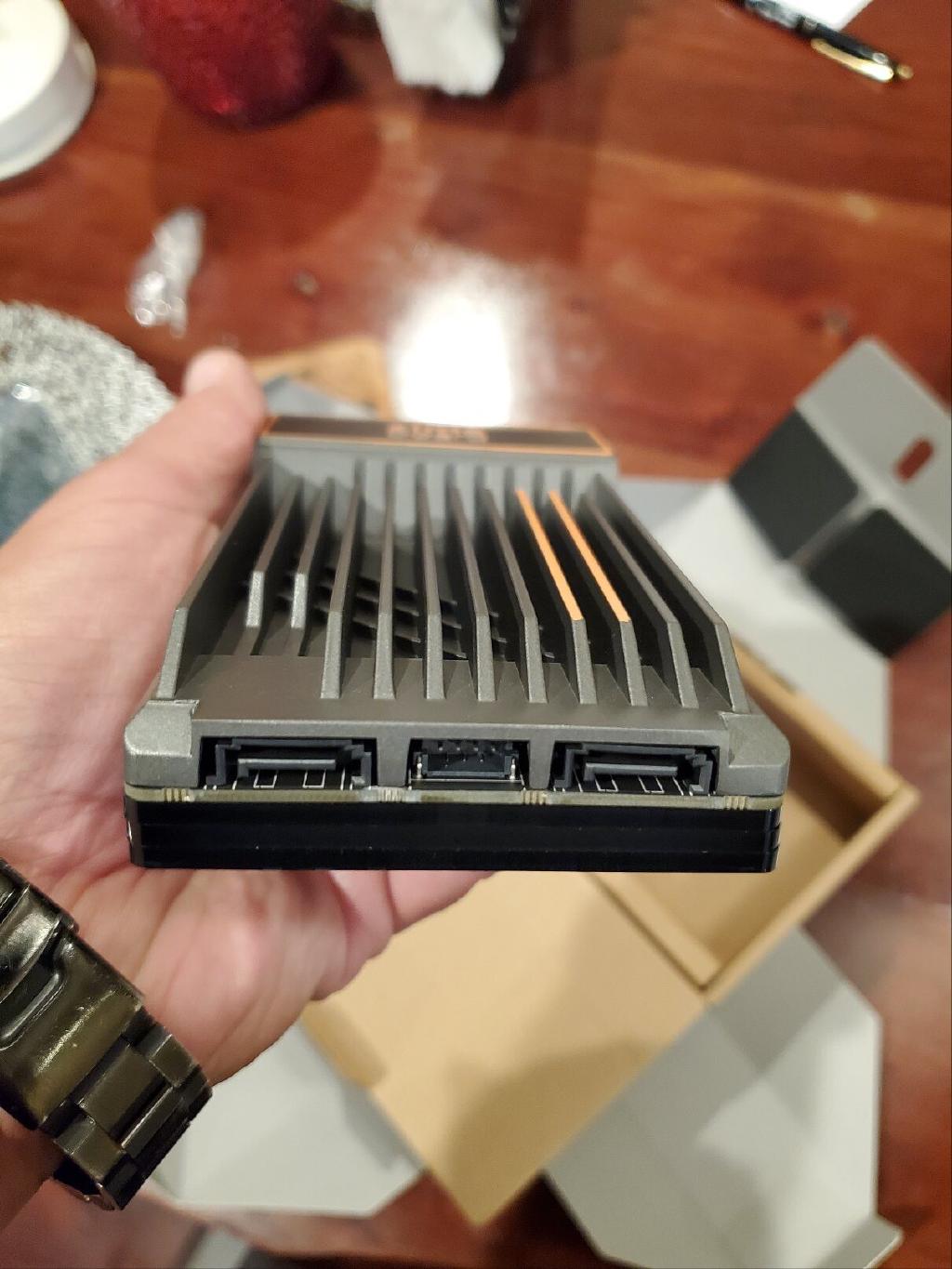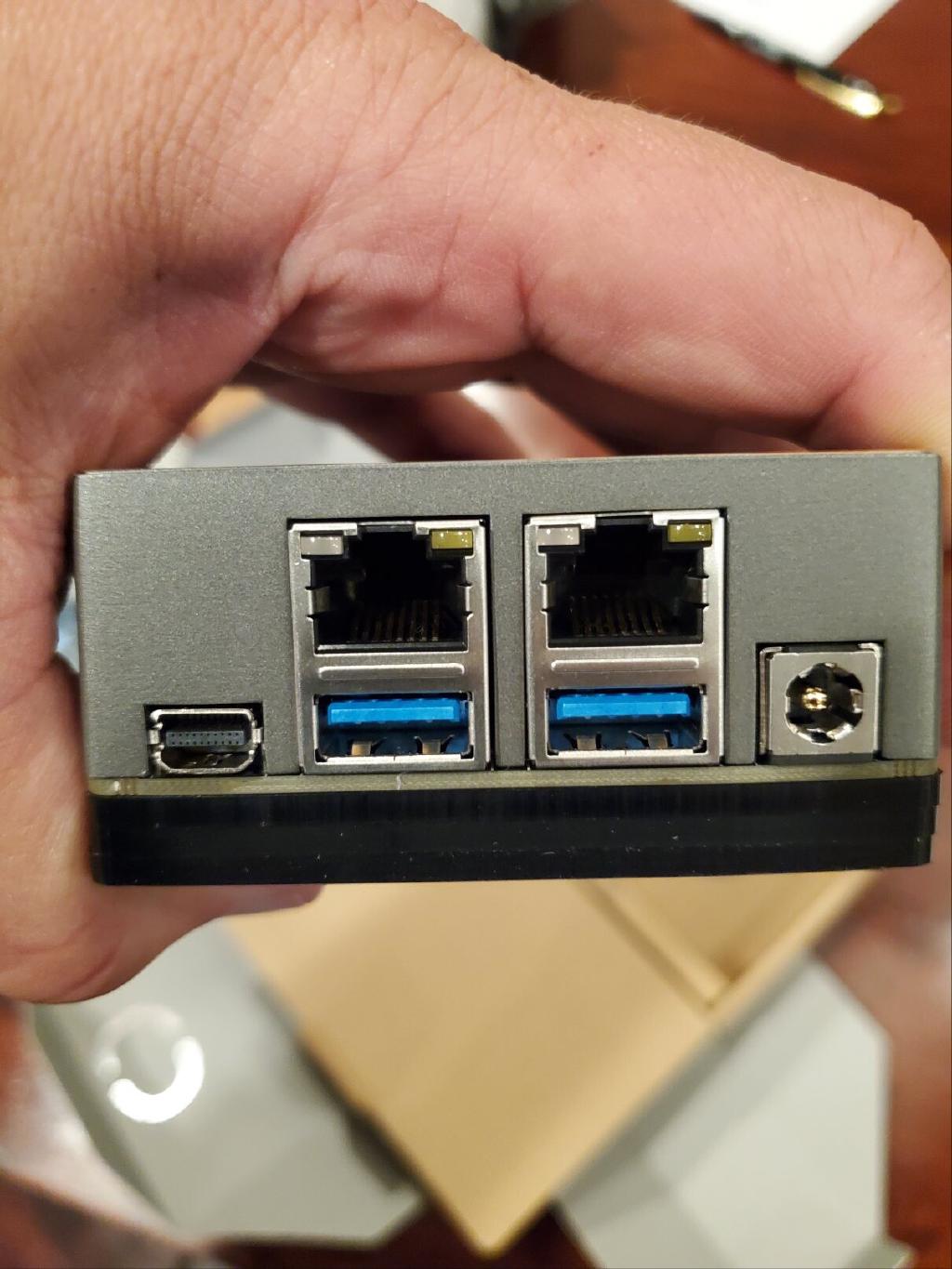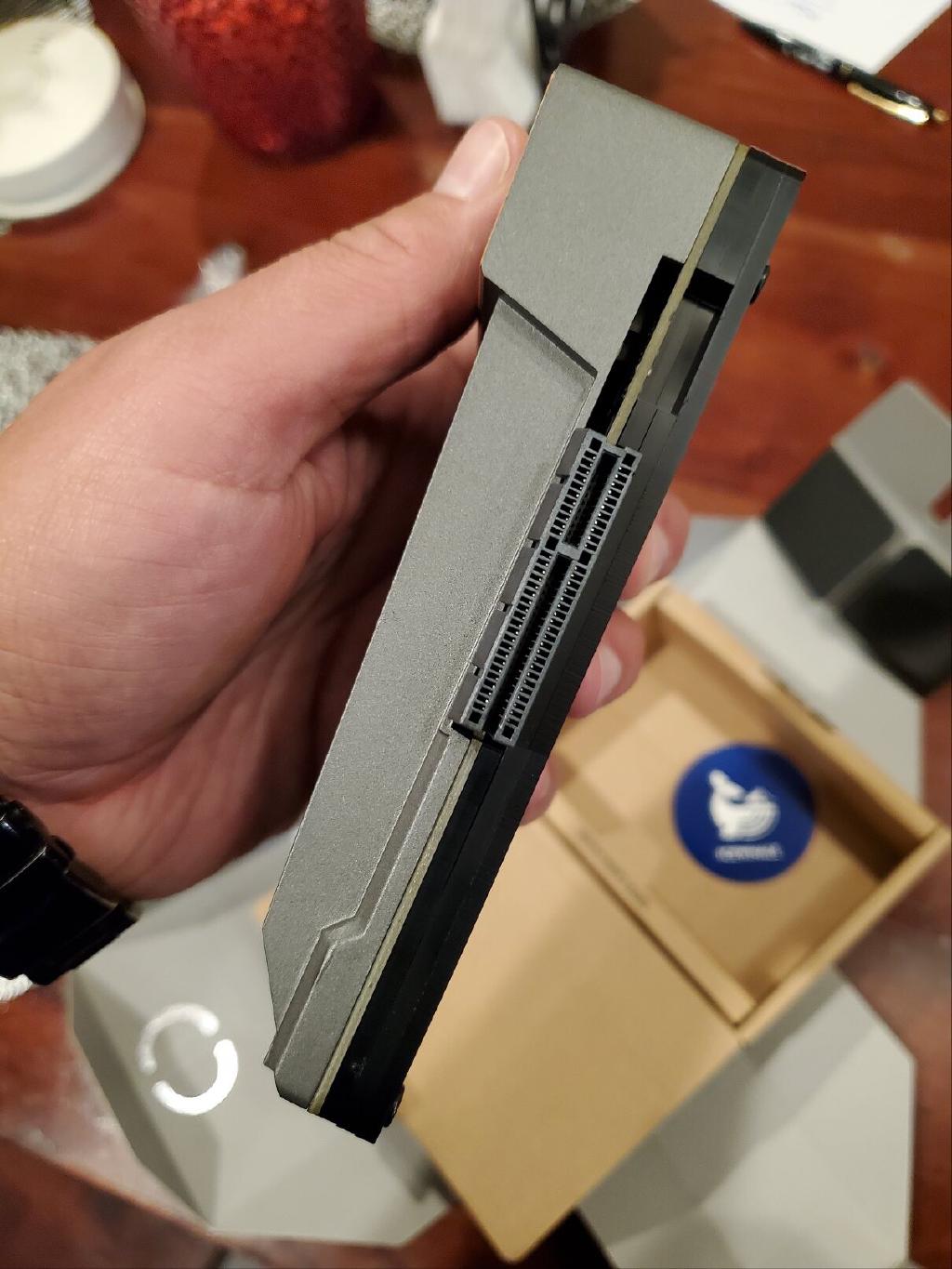RPI4 killer, a Zimaboard 432. For $140 one gets an Intel single board computer with quad core celeron 2.2ghz with virtualization, Intel graphics, 4GiB ram, 32GB ssd, 2x native SATA, 2x USB3, 2x GbE, display port AND PCI-E 4x bus. Has integrated aluminium case which acts as heat sink and only 6W TDP. Comes with wall-wart PSU too. Throw in $10 usb wifi and $10 arduino mini for GPIO and never look back at rpi. This will be my replacement home backup server.
followup:
@N0ZB@mastodon.radio indeed, since it is a full PC, one could run regular windows on it for use cases such as VERA (instead of flaky rpi4 arm->intel emulation). Also 6W TDP is much lower than rpi4’s 15W for battery operations. Now I’m a linux user and this one will be my backup server, so of course linux, but it is much more flexible and powerful than the sometimes unavailable and overpriced rpi4.
followup:
@shertson this is a replacement for my rpi based backup server. Jbod drives in a mini tower case and atx power supply controlled by gpio. When idle, the case and drives are completely off. Everything wakes up for backup by rpi/zimaboard, incremental backup runs and then unmounts and goes off.
followup:
@VE2UWY @N0ZB@mastodon.radio @megahertz haha, when I found ‘Zimaboard’, I thought “why would you name a computer after a watery alcoholic drink”??? :)
followup:
@F4EGX_Nico @N0ZB@mastodon.radio @megahertz the further one departs from rpi into arm world, the more inconsistent (especially boot process) it gets. Arms have so many instruction set variations that most distros target RPI arm ISA or some bare bones compile options. Beaglebone is cortex ARM and has been around long enough that it should have good distro support. For rpi alternatives for GPIO heavy tasks, I can see beaglebone being a good choice. For low power computing, the new intels have surpassed rpi.



